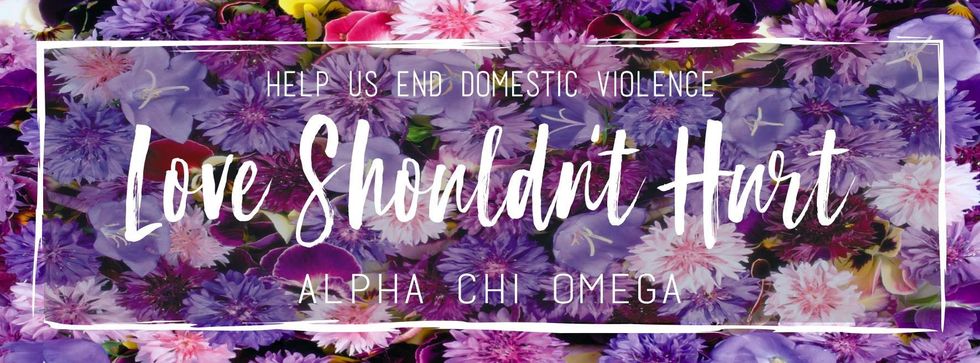At this moment, a woman is contemplating on the consequences of leaving her abusive husband. A teenage girl has just been catcalled by a clearly-older man. A 20-something year old woman forgives her boyfriend for beating her up, believing in “never again.” A young boy has been molested by his mentor for an organization he is apart of. A girl is found dead because she had given back an engagement ring to her ex-boyfriend. Aspiring young actresses are being promised fame in exchange of sexual favors by a particular Oscar-winning director.
These scenarios are based on real circumstances victims of domestic violence undergo—they could vary from subtle accounts to life-threatening. This month is Domestic Violence Awareness (DVA) Month. For those that are not aware, the domestic violence is “a pattern of abusive behavior in any relationship that is used by one partner to gain or maintain power and control over another intimate partner. Domestic violence can be physical, sexual, emotional, economic, or psychological actions or threats of actions that influence another person.” Domestic violence can come in the form of a romantic relationship, randomized rape attacks, or the abuse of power over a man or woman in a professional workplace.
With the Harvey Weinstein controversy invading the mainstream news circuit, victim-blaming and lack of understanding of the psychology of victims unveils the very reason spreading awareness of DVA. I’m reading comments on plethora of articles about his victims or responses from other spectators of the news. Comments such as “why didn’t these women speak up earlier” or “well there’s no evidence for that now,” exerts the issues DVA highlights. 1 out of 3 women and 1 out of 4 men in the United States alone will face violence from an intimate partner in their lifetimes—this statistic only counts reported cases.
And this just doesn’t happen to women in the entertainment industry—or any industry. It can happen to that woman risking her life within the 72 hour period in which women are constantly when leaving their abusive partner. That girl telling her boyfriend “never again” could never say it again if he ultimately kills—and then she would become the 74% of homicide victims which are a result of domestic violence from an intimate partner. That young boy will grow up realizing what happened to him and repress it, thinking that men are never victims of sexual assault. That girl that was killed for giving back her engagement ring is apart of millions other women that fear for their lives when they attempt to leave or reject a man.
Personal stories can be kept quiet or courageously shared on social media by hundreds of thousands of brave women. The #metoo campaign showed the solidarity of women and men all of the world, revealing the magnitude in which DVA is a massive issue that needs to be taken seriously in daily life whether it’s in the home, workplace, streets, government, and international community. It provides a safe space for women and me that shares their story online or in their preferred platform and respecting them and their bravery for sharing their stories.
In order to move from it, we as a community must support this cause any way possible because DVA and every aspect of it is not just a women’s issue—it’s a HUMAN RIGHTS ISSUE. But before this country can progress its understanding of DVA, we have to spread awareness faster than ever.
This can start from a social media post and spread wider to our governmental policymaking and law-abiding decisions. Also we must educate young people and teach them what a healthy relationship looks like as them delve in to the world of dating and first loves and what it means to be loved. Fighting domestic violence culture starts from somewhere. Eradicating domestic violence and the stigmas for victims when they report their attacks or open their stories to the world starts from the shifts of norm to accepting the fact domestic violence is a large-scale issue and spreading awareness.
















